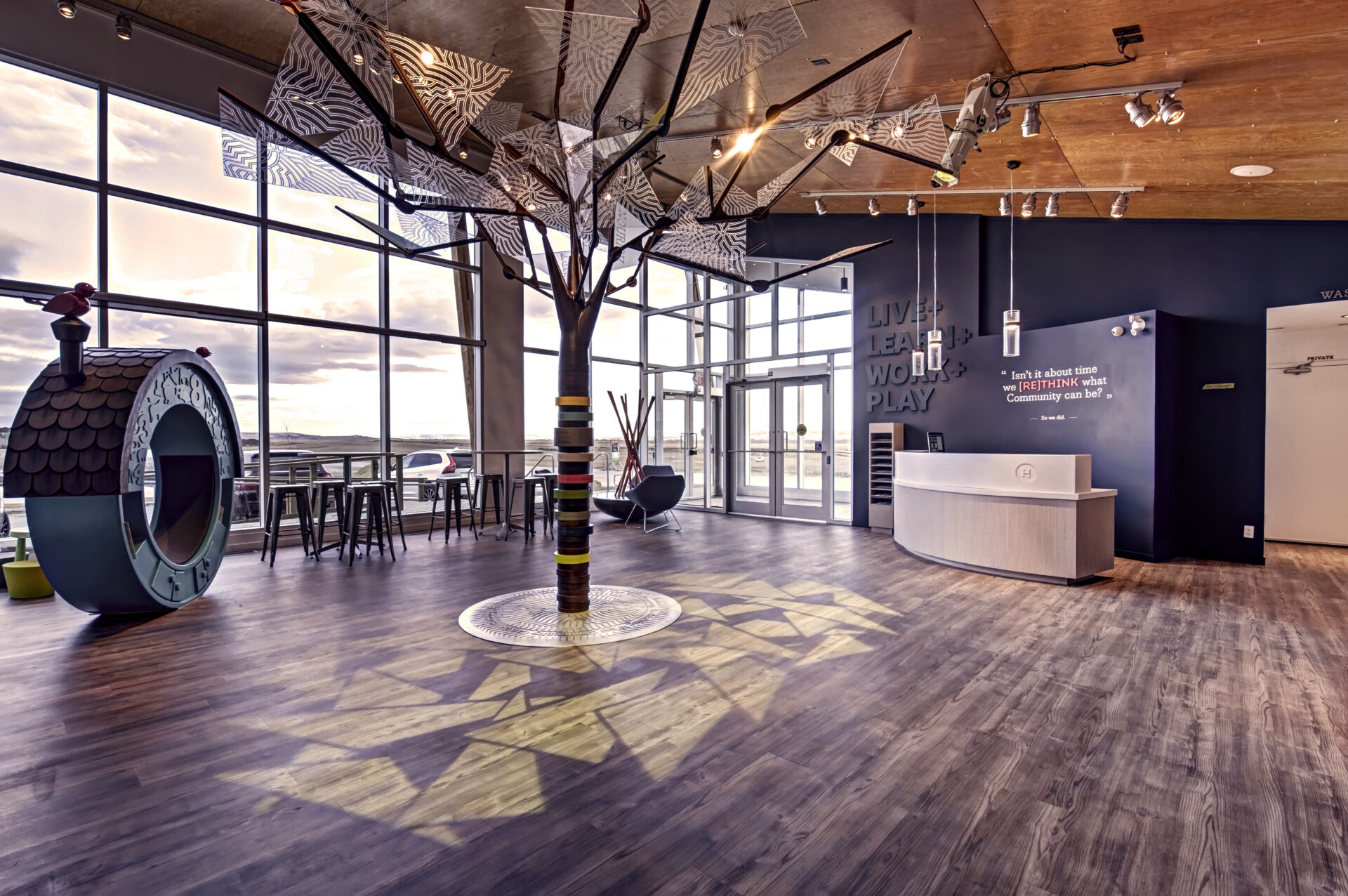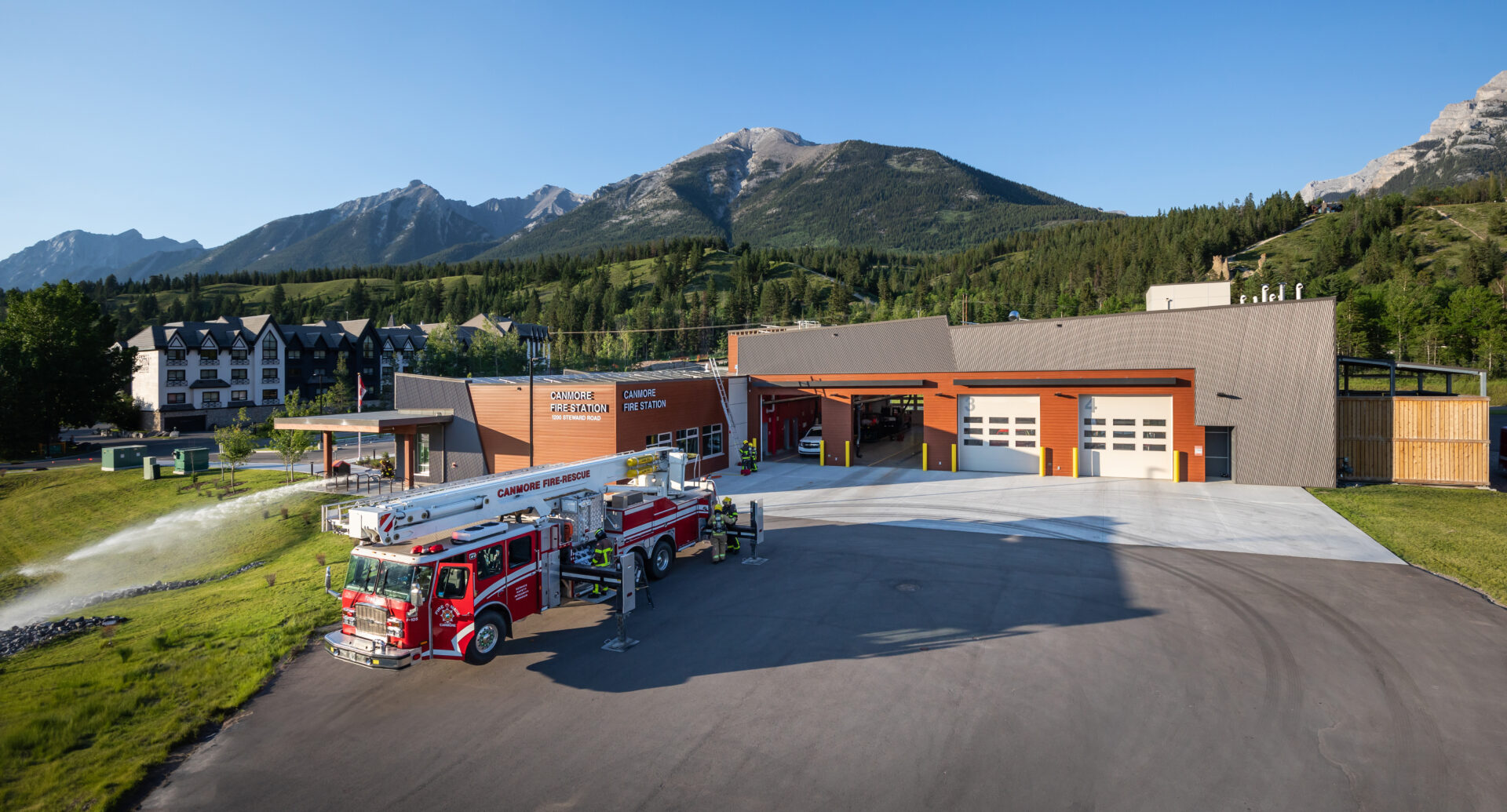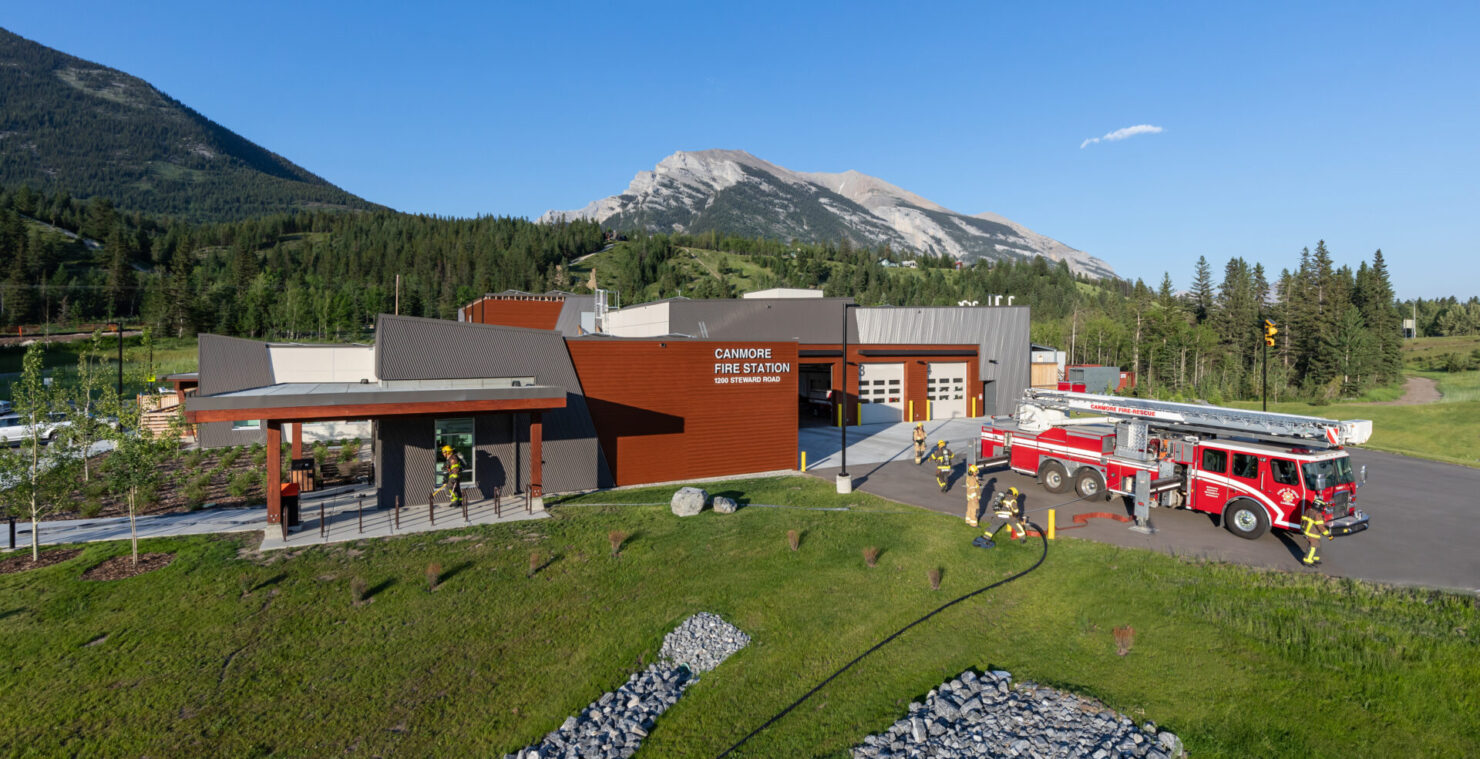Understanding Sustainable Design
Sustainably designed architecture aims to reduce a building's negative environmental influence by efficiently using materials, energy, and space. It considers aesthetics, functionality, energy consumption, and environmental impact throughout the building's life cycle.

Discover Centre at Harmony-Calgary
Fundamental Principles of Sustainable Design
Energy Efficiency: An essential aspect of sustainable architecture is reducing a building's energy demand through thoughtful design. This is achieved by maximizing natural light, utilizing low-impact appliances, and integrating renewable energy sources like solar panels. The METAFOR building envelope commissioning process, as implemented in the Bow Valley Hospice project, imposes high conservation standards and built-to-last performance.
Material Choice: Prioritize materials that are recycled, recyclable, locally sourced, and have minimal environmental impact. Additionally, opt for non-toxic, durable materials to reduce the need for frequent replacements.
Water Conservation: Sustainable buildings often include systems for efficient water use, such as low-flow plumbing fixtures, rainwater harvesting, and greywater recycling. These systems help to conserve water and reduce the burden on local water resources.
Indoor Environmental Quality: Ensuring indoor environmental quality is consequential for the comfort and well-being of occupants. This involves using materials that emit low levels of volatile organic compounds (VOCs), providing adequate ventilation, and designing for optimal thermal comfort and natural light.
Waste Reduction: Sustainable design also involves strategies to minimize waste during construction and throughout the building's life. This includes reusing materials, reducing packaging, and planning for the building's eventual deconstruction and recycling.

Bow Valley Hospice-Canmore
Benefits of Sustainable Design
Sustainable architecture provides many advantages, such as lower energy and water costs, better indoor air quality, and a decreased carbon footprint. A great example is METAFOR’s Discover Centre at Harmony in Calgary. Harmony is envisioned as one of Alberta's premier examples of sustainable and holistic neighbourhood planning. These benefits make a compelling case for environmentally-minded design and inspire us to create healthier living and working environments, enhancing community well-being.
The Future of Sustainable Design
As the world grapples with climate change, the importance of eco-friendly design is increasingly recognized. Architects, engineers, and builders are leading the way in creating cutting-edge solutions that minimize environmental impact and construct versatile and resilient spaces to meet future challenges. Their role is crucial in shaping the future of sustainable design.

Canmore Fire Station-Canmore
In Conclusion
The journey toward sustainable design is not just a trend but a necessity for our future. We create buildings that benefit people and the planet by embracing renewable practices. This is exemplified by projects like Canmore Fire Station, which proves that green initiatives can still be paired with luxurious development. The building includes a 153,000 kWh/yr PV array and is designed to meet zero carbon standards and be net zero energy ready, which achieves the Town's policy not to have new buildings increase the municipality’s carbon footprint. These principles foster healthier communities and ensure our built environment is resilient and adaptable to future challenges. The future of architecture lies in these principles, guiding us towards a more efficient, thoughtful, and responsible approach to design. Let's continue to build with tomorrow in mind, creating spaces that honour our planet and enhance our quality of life.


